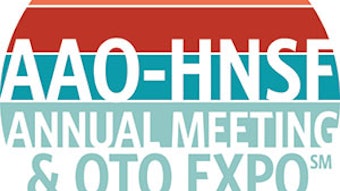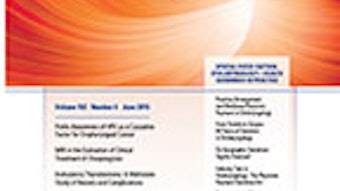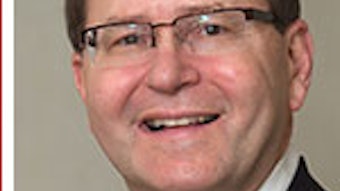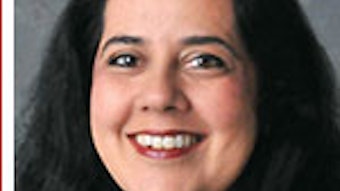BOARD OF GOVERNORSResponding to those who say guidelines don’t make sense
I was recently at an otolaryngology conference in line for lunch with some friends when the topic of tonsillectomy guidelines came up. One of my good friends, Dr. X, explained to me that he was not following our AAO-HNSF guideline recommendation to stop using antibiotics after tonsillectomy. Dr. X explained to me that “Guidelines don’t make real sense. They are made up by a bunch of academicians who don’t grasp what surgery practice is like in the real world.”
By Sanjay R. Parikh, MD
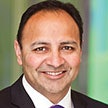 Sanjay R. Parikh, MD
Sanjay R. Parikh, MDI was recently at an otolaryngology conference in line for lunch with some friends when the topic of tonsillectomy guidelines came up. One of my good friends, Dr. X, explained to me that he was not following our AAO-HNSF guideline recommendation to stop using antibiotics after tonsillectomy. Dr. X explained to me that “Guidelines don’t make real sense. They are made up by a bunch of academicians who don’t grasp what surgery practice is like in the real world.” He also explained to me that he had been using antibiotics for his 10 years of practice and almost never had a post-tonsillectomy hemorrhage.
I was a bit surprised to hear his opinion regarding antibiotics but can understand his point of view given his 10 years of experience. At my own institution, there are eight of us who routinely perform tonsillectomies. Two years ago, about half the group used antibiotics and half did not. After the tonsillectomy guidelines came out, we had a meeting and decided on two things: We would stop using antibiotics (which we were giving to about one-half of our patients), and we would track our post-operative admission rate for hemorrhage and dehydration. Two years later, we are still not using antibiotics and our admission rate is unchanged. We perform about 1,200 tonsillectomies annually, and, at about $15 for an amoxicillin prescription, our change in practice saves the local system about $9,000 annually. While it may not seem like a large monetary amount, reducing exposure of 600 kids to antibiotics is substantial. Additionally, if we were to translate such changes nationally, with more than 400,000 tonsillectomies performed annually in the U.S., the numbers become impressive. Our group is happy with our change following the AAO-HNSF Guideline.
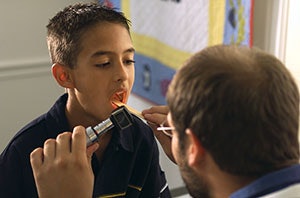
As I write this, I must disclose to you my bias in opinion regarding guidelines. I have participated in two AAO-HNSF guidelines as a reviewer and saw the painstaking effort that goes into making a guideline. There is a sincere attempt to incorporate opinions and high-level evidence from both academicians and non-academicians during the entire process from guideline conception to review. Although guidelines have limitations, they provide otolaryngologists with a foundation for providing effective healthcare. There is no mandate for otolaryngologists to adopt all the points enumerated in an AAO-HNSF guideline, but being familiar with them sure can’t hurt.
In the end, I’m still great friends with Dr. X, and look forward to my next lunch with him. Maybe, we’ll talk about the new allergic rhinitis guidelines.
Reference
- Rovers MM, Hoes AW, Klinkhamer S, Schilder AG. Influence of single-trial results on clinical practice: example of adenotonsillectomy in children. Arch Otolaryngol Head Neck Surg. 2009 Oct;135(1):970-5.





